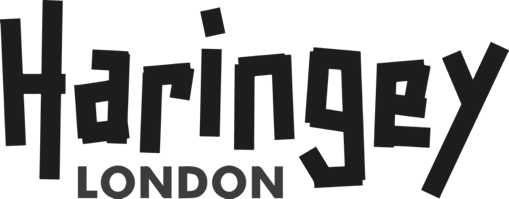DIWO (Do It With Others) is a distributed campaign for emancipatory, networked art practices instigated by Furtherfield in 2006.
It’s DIWO if it…
- Enlarges artistic freedoms.
- Uses the metaphors, tools, cultures and processes of digital & physical networks.
- Is led by experimental artistic processes rather than utilitarian or theoretical concerns.
- Disrupts traditional hierarchies and concepts of ownership working with decentralized peer 2 peer practices.
- Involves diverse participants (unwitting and active collaborators), ideas and social ecologies.
- Generates unruly and provocative relationships between symbolic meanings and material effects.
- Co-creates a new, freer, art context for more and more diverse people.
About DIWO – Do It With Others
The term DIWO – Do It With Others was first defined in 2006 on Rosalind – Upstart New Media Art Lexicon1 It extended the DIY Do-It-Yourself ethos of early net art, punk & Situationism, towards a more collaborative approach, using the Internet as an experimental artistic medium and distribution system to foment grass-roots creativity. Even before it was defined it underpinned everything Furtherfield has ever done.
The first DIWO Email Art project started with an open call to the email list Netbehaviour, February 1st 2007. The call drew on the Mail Art tradition proposing to bypass curatorial restrictions to promote imaginative exchange between artists and audiences on their own terms.
“Peers connect, communicate and collaborate, creating controversies, structures and a shared grass roots culture, through both digital online networks and physical environments.”2
Participants worked ‘across time zones and geographic and cultural distances with digital images, audio, text, code and software. They created streams of art-data, art-surveillance, instructions and proposals in relay, producing multiple threads and mash-ups.’3. Co-curated using VOIP and webcams the exhibition at HTTP Gallery displayed every contribution an email inbox, alongside an installation of prints of every image, and a running copy of every video and audio file submitted.4 Every post to the list, until April 1st, was considered an artwork – or part of a larger, collective artwork – for the DIWO project. 
DIWO at the Dark Mountain was the second DIWO email art exhibition instigated by Furtherfield and the Dark Mountain Project in 2010. It took ecological collapse as its subject and the need for new stories, systems and infrastructures as its premise. This project generated intense controversies among participants. Again, considered part of the artwork, the details of debates were re-enacted for gallery visitors in a live performance at the opening event. In addition to the networked, live-streamed co-curation event, and the performance, this exhibition closed with a disassembly event in which gallery visitors demounted all physical works and redistributed them via snail mail to anyone they knew.5
In recent years other individuals and groups have taken DIWO as the inspiration for their own projects. Some changed its meaning. For instance Cory Janssen’s definition of DIWO for Technopedia, does away with the art, and collaboration across difference. We think that what he describes is just plain and simple Crowdsourcing.6 Others maintain the adventurous and emancipatory spirit. For instance, in 2012 Pixelache the Helsinki-based transdisciplinary platform for experimental art, design, research and activism took DIWO as the theme for its annual festival.7 Whatever the starting point we always welcome invitations to DIWO!
Notes
- Rosalind – Upstart New Media Art Lexicon.
- The original DIWO (Do It With Others) callout here.
- View images of the exhibition here.
- See link to Do It With Others (DIWO) – E-Mail Art in Context (below) for an account of the exhibition, the works and the co-curation process.
- View the blog for DIWO at the Dark Mountain here.
- See the Technopedia definition of Do It With Others (DIWO) here.
- See the DIWO 2012, Pixelache Festival here.
DIWO Essays
Do It With Others (DIWO): contributory media in the Furtherfield Neighbourhood by Ruth Catlow and Marc Garrett, Furtherfield. From Coding Cultures, 2007. Editor: Francesca Da Rimini. Published by d/lux, Lilyfield NSW Australia. Available at Foam (pdf) here.
Do It With Others (DIWO) – E-Mail Art in Context by Ruth Catlow and Marc Garrett, 2008. Curediting, Vague Terrain. Available here.
DIWO (Do-It-With-Others): Artistic co-creation as a decentralized method of peer empowerment in today’s multitude by Marc Garrett, 2013, published by SEAD: White Papers. Available here.
DIWO: Do It With Others – No Ecology without Social Ecology, by Ruth Catlow and Marc Garrett. From Remediating the Social, 2012. Editor: Simon Biggs University of Edinburgh. Published by Electronic Literature as a Model for Creativity and Innovation in Practice, University of Bergen, Norway. Available here.
More DIWO references
Don’t DIY, DIWO — a VOD case study with Anatomy of a Love Seen, by Peter Gerard. Published on May 7, 2015 on the Vimeo staff blog.





